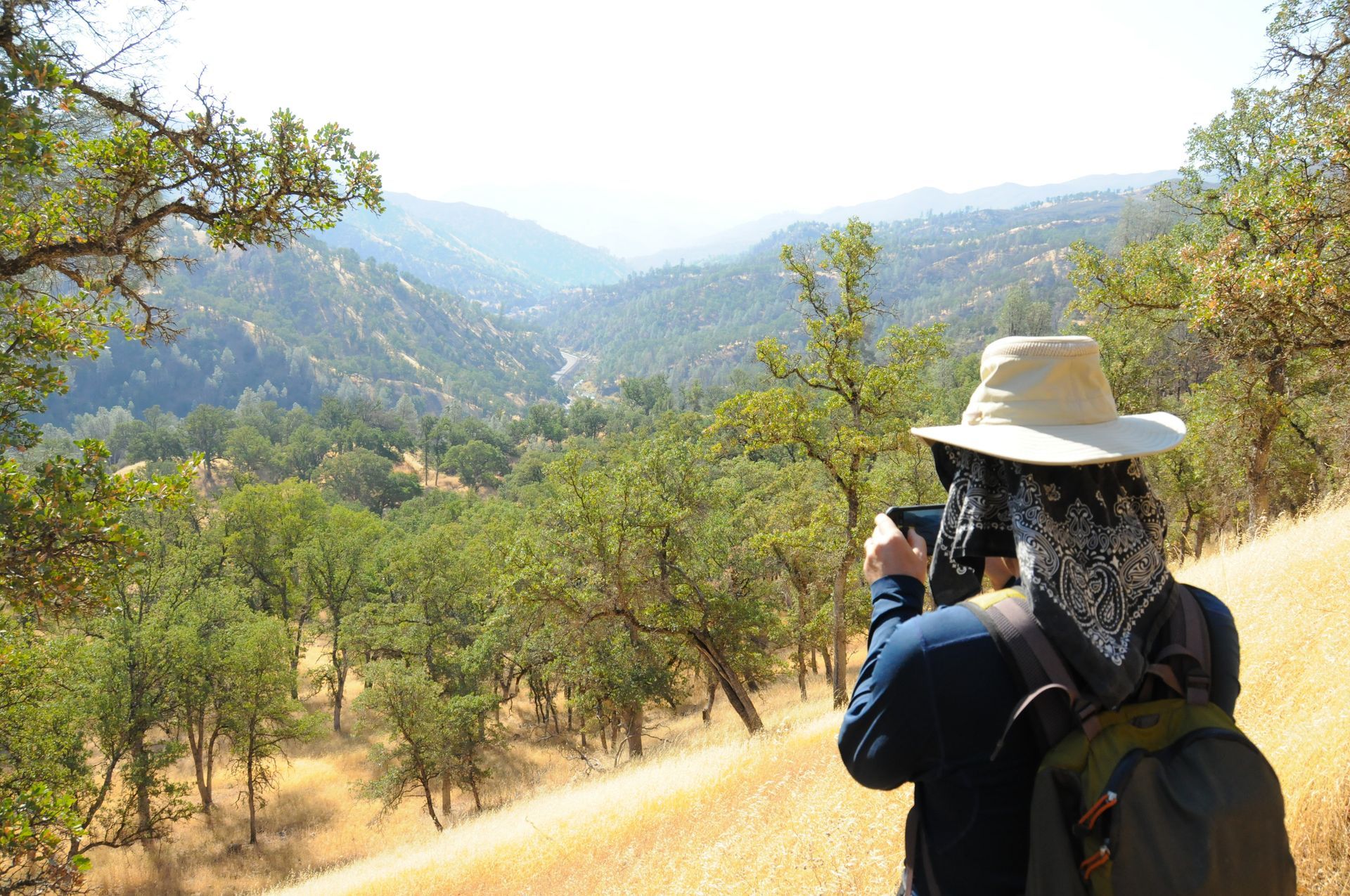Monumental Questions - Clarifying National Parks and National Monuments

Serpentinite Rock on Molok Luyuk by Bob Wick
Berryessa Snow Mountain National Monument is, as the title states, a national monument, not a national park. It includes 330,780 acres of federally managed public land, stretching over 100 miles from south of Lake Berryessa to north of the Snow Mountain Wilderness.
Tuleyome is currently working with many partners, community members, and congressional champions to expand the Monument to include the Lake County portion of Molok Luyuk, colloquially known as Walker Ridge. During conversations it has become apparent that clarification is needed on the difference between a national monument and a national park.
National parks, like Yellowstone, Yosemite, Lassen Volcanic, Dry Tortugas, are protected because of their beauty/inspirational value as well as being places of education and recreational value. To be classified as a national park, at least two items of interest must be present.
National monuments, Berryessa Snow Mountain, Bears Ears, Statue of Liberty, are protected for the location’s significance – historical, cultural, or scientific. A monument (or potential monument) needs to have only one item of interest but may include all three. Berryessa Snow Mountain National Monument includes historical (mercury mining), cultural (Native American), AND scientific (geology) items of interest.
Molok Luyuk is representative of the entire Berryessa Snow Mountain National Monument as it has items of historical, cultural, and scientific interest. The area was utilized by Native Americans for thousands of years as a trading route, evidence of which can still be found when exploring the area. Like the entire northern inner Coast Range, the area was heavily mined. Old mining roads, crumbling furnaces, and other debris are a legacy of the gold rush. Molok Luyuk provides geologists the opportunity to study deep sea tectonic activity without needing to use a submarine – portions of the ridge were formed deep in the ocean and have been uplifted due to tectonic activity. Botanists value Molok Luyuk because geologic history has produced rare soils which creates a home for rare plants. Opportunities abound on Molok Luyuk for legal-OHV riding, birders, hikers, geologists, and camping.
When asked to quickly differentiate between a national park and a national monument, I have described national parks are scenic recreation and national monuments as scientific or historic recreation. Simply put, national parks are undeniably beautiful while national monuments are important places, that you may or may not consider beautiful (we think Berryessa Snow Mountain National Monument is breathtaking).
-Nate Lillge (nlillge@tuleyome.org)
Tuleyome Adventures and Engagement Director
Certified California Naturalist
RECENT ARTICLES






